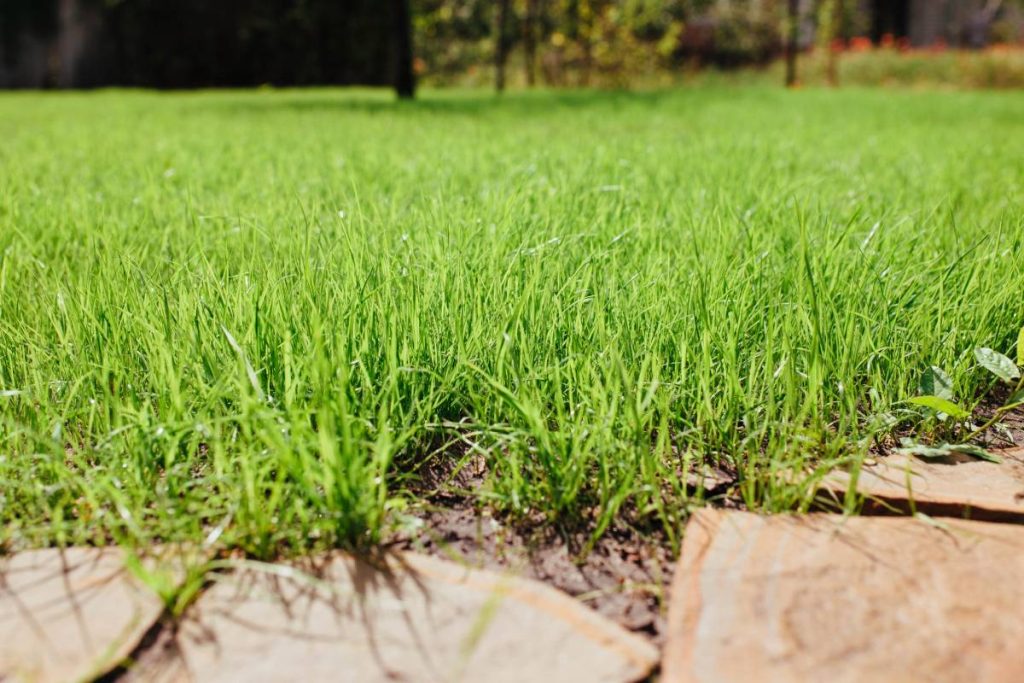History of Denim and Jeans: What Makes Jeans and Denims Popular Throughout History?
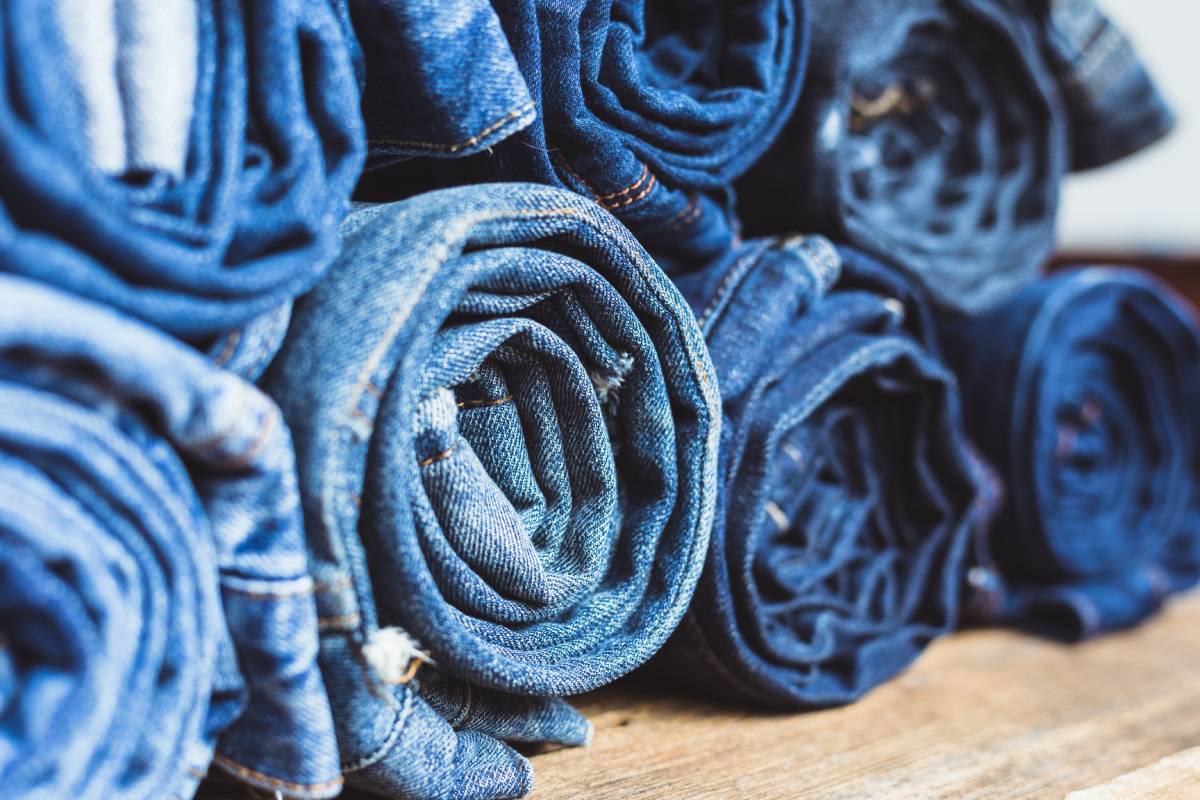
Jeans are awesome, aren’t they? They have been around for ages, starting as practical workwear for laborers in the American West, and now they are a fashion staple all over the world. There are so many reasons why jeans are so popular. They’re really versatile and comfortable, plus they’re iconic and always reflect the latest trends.
In this article, we’ll take a closer look at the rich history of denim and jeans, explore why they are so timeless and popular, and check out all the styles that are available in today’s fashion world.
History of Denim and Jeans
The history of denim and jeans is like a riveting journey through time, weaving together the threads of fashion, innovation, and culture. Let’s dive into the fascinating story behind these iconic pieces of clothing that have become timeless staples in wardrobes worldwide.
Denim’s roots can be traced back to the sturdy cotton fabric known as “serge de Nîmes” from Nîmes, France, where it gets its name “denim.” This fabric was originally used for work clothes due to its durability. However, it wasn’t until the late 19th century that denim as we know it today truly began to take shape.
In 1873, a man named Jacob Davis, a tailor from Nevada, collaborated with Levi Strauss, a businessman from San Francisco, to create what would become the first pair of blue jeans. They added metal rivets to reinforce stress points, creating a durable garment ideal for workers, miners, and cowboys.

As the American West was settled and industrialization surged, jeans became synonymous with the rugged, hardworking spirit of the frontier. Their practicality, combined with their durability, made them a favourite among labourers and pioneers alike.
The popularity of jeans continued to rise throughout the 20th century, fueled by their association with rebellion and counterculture movements. From Marlon Brando in “The Wild One” to James Dean in “Rebel Without a Cause,” jeans became a symbol of youthful defiance and nonconformity.
In the 1950s and 1960s, jeans became a fashion statement embraced by people of all ages and backgrounds. Designers like Calvin Klein and Gloria Vanderbilt transformed denim into high-end fashion, while musicians like Elvis Presley and The Beatles helped popularize denim as casual attire.
The 1970s saw the rise of designer jeans, with brands like Jordache and Calvin Klein Jeans introducing luxury denim at premium prices. Meanwhile, the punk movement embraced distressed and DIY denim, customizing jeans with patches, studs, and bleach.
The 1980s brought about the era of “mom jeans” and acid wash, while the 1990s saw the emergence of baggy jeans and hip-hop fashion, popularized by artists like Tupac Shakur and The Notorious B.I.G.
In the 21st century, denim has continued to evolve with the times. Skinny jeans dominated the early 2000s, while sustainable denim has become increasingly important in response to environmental concerns. Today, denim is more diverse than ever, with styles ranging from slim-fit to wide-leg, and eco-friendly options gaining traction.
From its humble beginnings as workwear to its status as a global fashion staple, denim has remained a constant presence in our lives. Whether dressed up or down, jeans have a unique ability to adapt to changing trends while retaining their timeless appeal.
The history of denim and jeans is a testament to the enduring power of fashion to reflect and shape culture. From the mines of California to the catwalks of Paris, denim has transcended its origins to become a symbol of style, freedom, and individuality. So next time you slip into a pair of jeans, take a moment to appreciate the rich history woven into every seam.
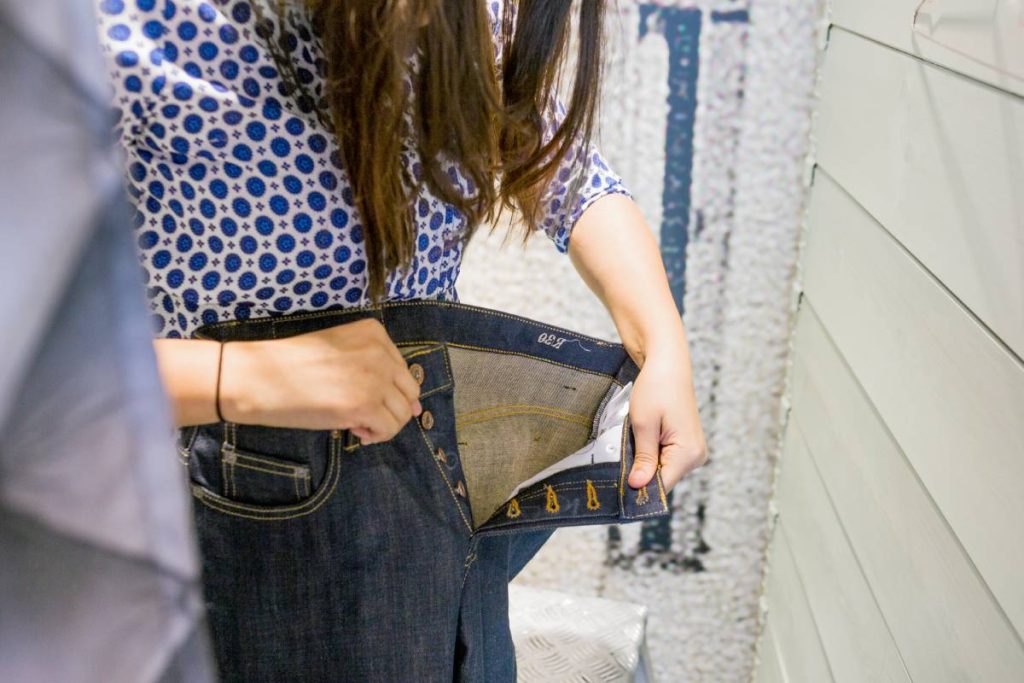
What Makes Jeans and Denims Popular Throughout History?
Jeans and denim have carved out a special place in history, captivating hearts and wardrobes across the globe. But what exactly makes them so enduringly popular? Let’s unravel the threads of their appeal throughout history.
- Versatility: One of the key factors behind the popularity of jeans and denim is their incredible versatility. Whether you’re dressing up for a night out or keeping it casual for a day of errands, jeans fit the bill. They seamlessly transition from work to play, making them a go-to choice for people of all ages and lifestyles.
- Durability: Jeans are built to last. Originally designed as rugged workwear for miners and cowboys, denim is known for its durability and resilience. The sturdy fabric can withstand the rigours of everyday wear and tear, making jeans a reliable wardrobe staple that stands the test of time.
- Comfort: Comfort is king, and jeans are delivered. With their soft yet sturdy fabric and relaxed fit, jeans offer unparalleled comfort for long days on the go. Whether you’re lounging at home or hitting the streets, jeans provide the perfect blend of style and comfort that keeps you feeling good all day long.
- Timeless Style: From the Wild West to the runways of Paris, jeans have always been in style. Their timeless appeal transcends trends and fads, making them a wardrobe essential for generations. Whether you prefer classic blue denim or trendy distressed styles, there’s a pair of jeans to suit every taste and occasion.
- Iconic Status: Jeans are more than just clothing; they’re a cultural icon. From Hollywood rebels like James Dean to music legends like Elvis Presley, jeans have been worn by some of the most iconic figures in history. Their association with youth culture, rebellion, and freedom has cemented their status as a symbol of coolness and authenticity.
- Accessibility: Unlike high-end designer fashion, jeans are accessible to people of all backgrounds and budgets. Whether you’re shopping at a luxury boutique or a thrift store, you can find a pair of jeans that fits your style and budget. This accessibility has helped jeans become a universal wardrobe staple that transcends social barriers.
- Customization: Jeans are like a blank canvas, ready to be customized and personalized. From DIY distressing to custom embroidery, there are endless ways to make your jeans uniquely yours. This ability to tailor jeans to your own individual style adds to their appeal and makes them a favourite among fashion-forward individuals.
- Cultural Influence: Jeans have played a significant role in shaping culture and identity around the world. From the rebellious spirit of the 1950s to the grunge aesthetic of the 1990s, jeans have been at the forefront of cultural movements and subcultures. Their ability to reflect and respond to changing social norms and attitudes has helped them maintain their relevance across generations.
The popularity of jeans and denim throughout history can be attributed to their versatility, durability, comfort, timeless style, iconic status, accessibility, customization options, and cultural influence. As fashion trends come and go, jeans remain a steadfast wardrobe staple that continues to capture the imagination of people around the world.
How Many Types of Jeans Nowadays?
Jeans have come a long way since their humble beginnings as workwear for miners and cowboys. Today, the world of denim is as diverse as ever, with a wide range of styles to suit every taste and body type.
Let’s explore some of the most popular types of jeans that you’re likely to encounter in today’s fashion landscape.
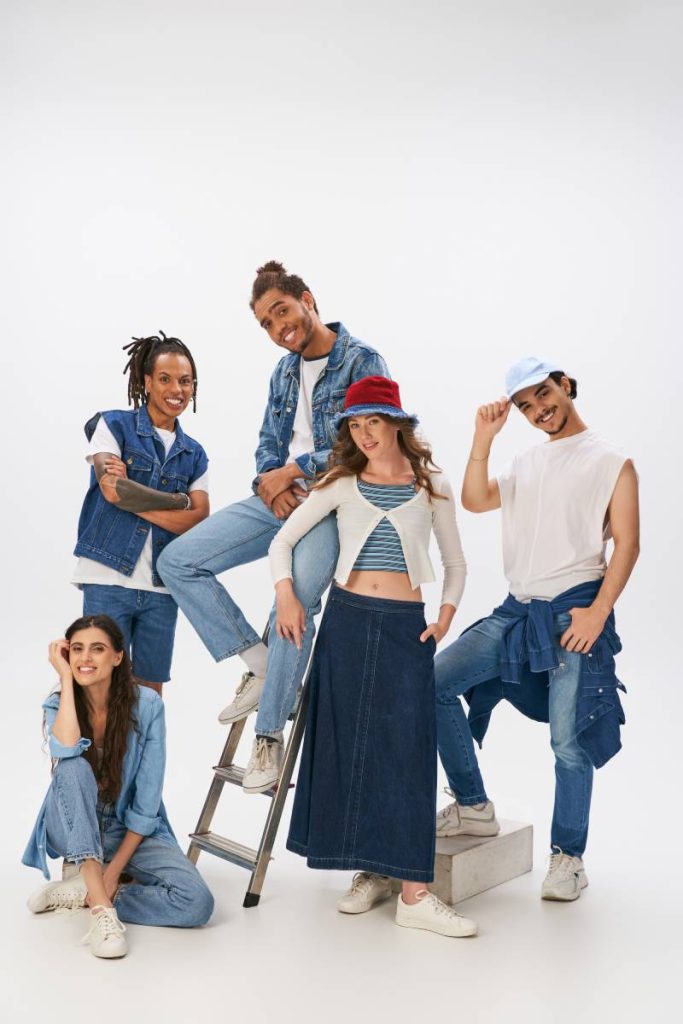
- Skinny Jeans: Skinny jeans are form-fitting and snug from the waist to the ankle. They hug the legs closely, creating a sleek and streamlined silhouette. Skinny jeans come in various rises, from low-rise to high-rise, and are a versatile option that can be dressed up or down for any occasion.
- Straight-Leg Jeans: Straight-leg jeans have a consistent width from the thigh to the ankle, providing a more relaxed and comfortable fit compared to skinny jeans. They offer a classic, timeless look that works well with a variety of outfits, making them a wardrobe staple for many.
- Bootcut Jeans: Bootcut jeans are fitted through the thigh and knee and then flare out slightly from the calf to accommodate boots or larger shoes. They’re a popular choice for those who want a bit more room in the leg without sacrificing style.
- Flare Jeans: Flare jeans feature a dramatic flare from the knee down, creating a distinct bell-bottom shape. They were popular in the 1970s and have made a comeback in recent years, adding a retro vibe to any outfit.
- Wide-Leg Jeans: Wide-leg jeans have a relaxed fit through the thigh and knee and then widen significantly from the calf to the ankle. They offer a comfortable, laid-back look that’s perfect for casual occasions.
- Boyfriend Jeans: Boyfriend jeans are relaxed and slouchy, mimicking the look of jeans borrowed from a boyfriend. They typically have a low-rise waist and a loose fit through the hips and thighs, making them a comfortable and effortlessly cool option.
- Mom Jeans: Mom jeans are high-waisted and relaxed-fit jeans that sit at or above the natural waistline. They’re known for their vintage-inspired look and offer a comfortable, flattering fit for all body types.
- Jeggings: Jeggings are a hybrid between jeans and leggings, combining the stretchy comfort of leggings with the look of denim. They’re usually made from a denim-look fabric with added stretch for a form-fitting, body-hugging silhouette.
- Distressed Jeans: Distressed jeans feature intentional rips, tears, and fading for a worn-in, vintage-inspired look. They add a touch of edginess to any outfit and are a popular choice among fashion-forward individuals.
- Raw Denim: Raw denim, also known as selvedge denim, is denim that has not undergone any washing or distressing processes. It’s characterized by its stiff, rigid feel and deep, rich indigo colour. Raw denim enthusiasts appreciate its durability and the unique fades that develop over time with wear.
In addition to these main types, there are countless variations and hybrid styles that continue to emerge as fashion evolves. Whether you prefer the classic simplicity of straight-leg jeans or the bold statement of flare jeans, there’s a perfect pair of jeans out there for everyone.
In conclusion
The history of denim and jeans is a testament to the enduring power of fashion to shape and reflect culture. Jeans started as utilitarian workwear and have become a symbol of youth rebellion and individuality. They have remained a constant presence in our lives for over a century because of their versatility, durability, comfort, and ability to adapt to changing trends while retaining their intrinsic essence.
As we continue to embrace denim in all its forms, from skinny jeans to wide-leg styles, it’s important to remember the rich heritage and cultural significance woven into every seam. So, the next time you slip into your favorite pair of jeans, take a moment to appreciate the journey they’ve taken and the stories they hold. After all, in the world of fashion, few things are as iconic and enduring as a well-worn pair of denim jeans.
Recent Posts
Recent Comments

What Do Gardeners Do? How to Earn a Decent Income as a Gardener

Varicose Veins: Causes and Treatment

Why Does My Wood Floor Feel Hollow? Can I Fix the Hollow Spot in the Wood Floor Myself? How Much Does It Cost to Fix a Hollow Spot in My Wood Floor?
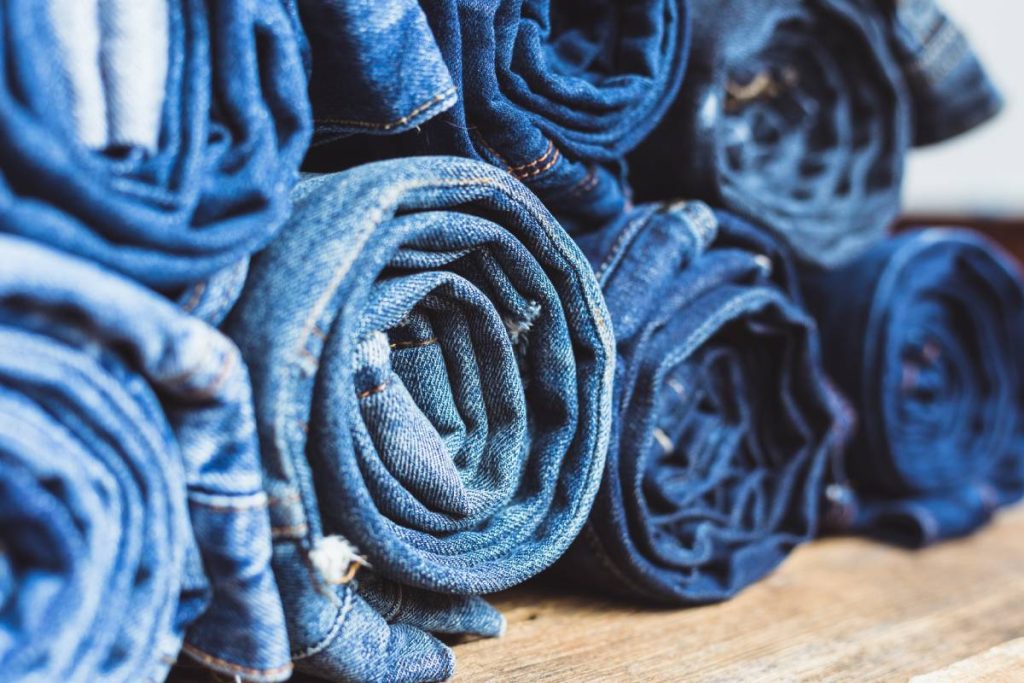
History of Denim and Jeans: What Makes Jeans and Denims Popular Throughout History?
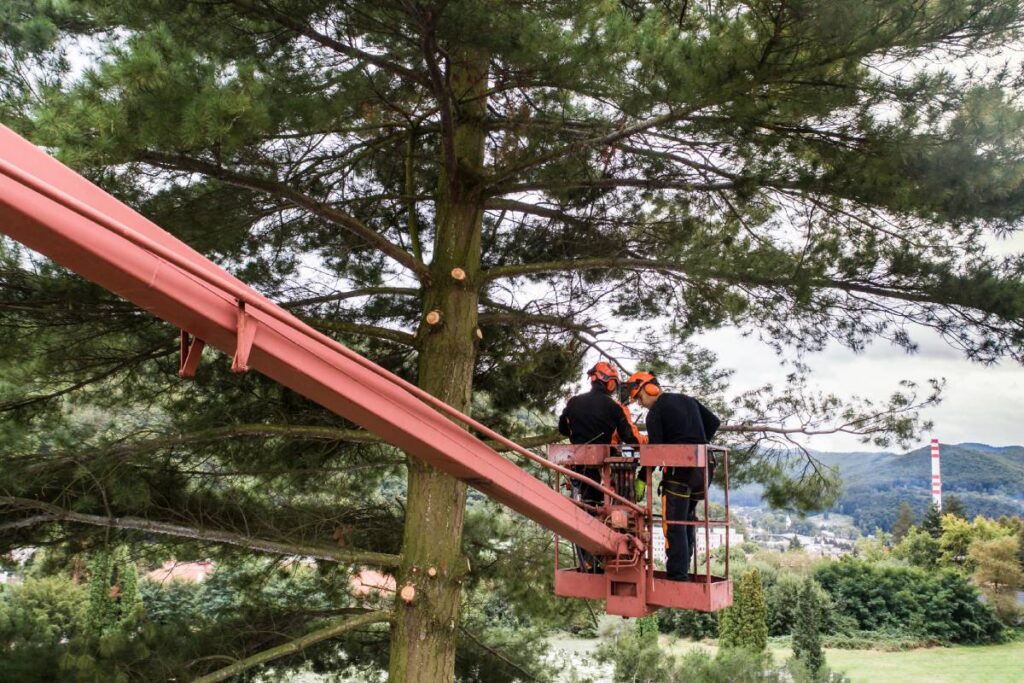
What Are Tree Reductions? What Are the Benefits of Tree Reduction?

Can You Transport Your Yacht Interstate Yourself?

How to Get Rid of Ants in Your Lawn: A Complete Guide
